
Hermanus "Herman" Brood was a Dutch musician, painter, actor and poet. As a musician he achieved artistic and commercial success in the 1970s and 1980s, and was called "the greatest and only Dutch rock 'n' roll star". Later in life he started a successful career as a painter.

Curd Gustav Andreas Gottlieb Franz Jürgens was a German-Austrian stage and film actor. He was usually billed in English-speaking films as Curt Jurgens. He was well known for playing Ernst Udet in Des Teufels General. His English-language roles include James Bond villain Karl Stromberg in The Spy Who Loved Me (1977), Éric Carradine in And God Created Woman (1956), and Professor Immanuel Rath in The Blue Angel (1959).

Siddhartha: An Indian novel is a 1922 novel by Hermann Hesse that deals with the spiritual journey of self-discovery of a man named Siddhartha during the time of the Gautama Buddha. The book, Hesse's ninth novel, was written in German, in a simple, lyrical style. It was published in the United States in 1951 by New Directions Publishing and became influential during the 1960s. Hesse dedicated the first part of it to the French writer Romain Rolland and the second part to Wilhelm Gundert, his cousin.
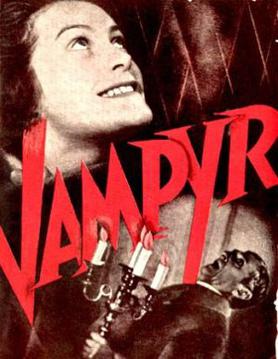
Vampyr is a 1932 gothic horror film directed by Danish director Carl Theodor Dreyer. It was written by Dreyer and Christen Jul based on elements from Sheridan Le Fanu's 1872 collection of supernatural stories In a Glass Darkly. The film was funded by Baron Nicolas de Gunzburg, who also played the starring role of Allan Gray, a student of the occult who wanders into the French village of Courtempierre, which is under the curse of a vampire. Most of the other members of the cast are also non-professional actors.

Sybille Maria Christina Schmitz was a German actress.
![<i>Veronika Voss</i> 1982 [[West Germany]] film](https://upload.wikimedia.org/wikipedia/en/c/c7/Veronikavoss.jpg)
Veronika Voss is a 1982 West German black-and-white drama film directed by Rainer Werner Fassbinder, and starring Rosel Zech, Hilmar Thate, and Cornelia Froboess. Loosely based on the career of actress Sybille Schmitz, the film follows the titular Veronika Voss, a morphine-addicted film star in 1955 Munich who begins an affair with a sports journalist; soon after, he discovers that Veronika is under the control of a corrupt neurologist scheming to bleed her of her wealth.
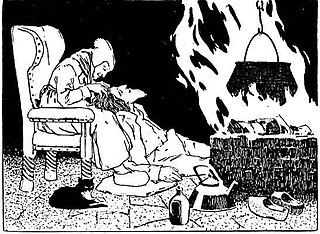
"The Devil with the Three Golden Hairs" is a German fairy tale collected by the Brothers Grimm. It falls under Aarne–Thompson classification types 461, and 930.

I See a Dark Stranger – released as The Adventuress in the United States – is a 1946 British World War II spy film with touches of light comedy, starring Deborah Kerr and Trevor Howard. It was written and produced by the team of Frank Launder and Sidney Gilliat, with Launder directing.

No Place to Go is a German black-and-white film released in April 2000, directed by Oskar Roehler, starring Hannelore Elsner, about a suicidal middle-aged writer travelling around Germany at a time of personal crisis.
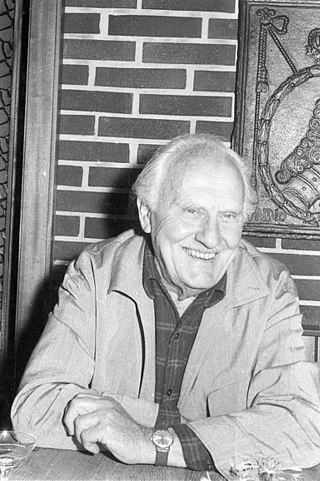
Peter Voß was a German film actor. His acting career started in the late 1920s in the last years of the silent film era and continued into the sound era until 1959.

The Free Will is a 2006 German drama film directed by Matthias Glasner. It premiered in competition at the 56th Berlin International Film Festival in February 2006 and was awarded two prizes: Jürgen Vogel received a Silver Bear for Outstanding Artistic Contribution and director Matthias Glasner received the Prize of the Guild of German Art House Cinemas. The film was also shown at various film festivals throughout 2006 and 2007, and Jürgen Vogel received Best Actor awards at Chicago International Film Festival and Tribeca Film Festival.

Strangler of the Swamp is a 1946 American horror film, produced and distributed by Producers Releasing Corporation. It was written and directed by Frank Wisbar, and stars Rosemary LaPlanche, Robert Barrat and Blake Edwards. It is a remake of Wisbar's earlier German film Fährmann Maria (1936).
Peter Janssens was a German musician and composer who wrote and performed incidental music for several theatres, and songs and musicals of the genre Neues Geistliches Lied, a pioneer of Sacropop. He worked at a German theatre in Buenos Aires, set several works by Ernesto Cardenal to music and composed in 1992 a passion music, in memory of 500 years after the European invasion in Latin America.

Illusion in a Minor Key is a 1952 West German drama film directed by Rudolf Jugert and starring Hildegard Knef, Sybille Schmitz and Hardy Krüger. It was made at the Bavaria Studios in Munich. It was one of the last films produced by the veteran Erich Pommer who had returned to Germany from exile after the Second World War. The film's sets were designed by Ludwig Reiber. It is sometimes included on lists of film noirs.
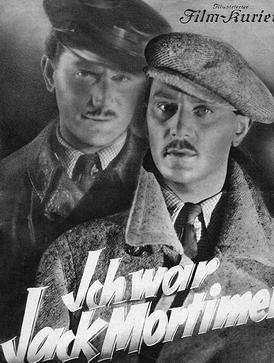
I Was Jack Mortimer is a 1935 German thriller film directed by Carl Froelich and starring Anton Walbrook, Eugen Klöpfer, and Sybille Schmitz. It was shot at the Tempelhof Studios in Berlin. The film's sets were designed by the art director Franz Schroedter. It is an adaptation of the 1933 novel of the same title by Alexander Lernet-Holenia.

The Unknown is a 1936 German drama film directed by Frank Wisbar and starring Sybille Schmitz, Jean Galland and Ilse Abel. The film's sets were designed by the art directors Benno von Arent and Artur Günther. Location shooting took place around Berlin, Stuttgart and Dinkelsbühl in Bavaria. It was inspired by the Unknown Woman of the Seine and based on a novel by Reinhold Conrad Muschler.
Friedrich Lienhard was a German writer and nationalist ideologue.
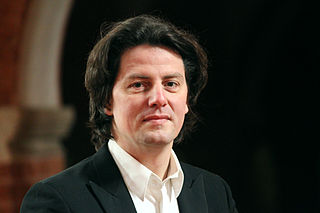
Helge Burggrabe in Magstadt is a German composer, recorder player, stage designer and seminar leader.
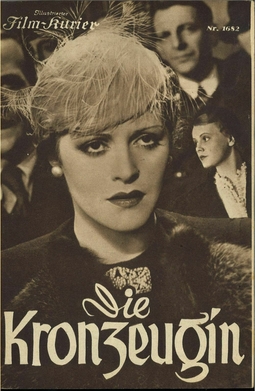
The Chief Witness is a 1937 German crime drama film directed by Georg Jacoby and starring Iván Petrovich, Sybille Schmitz and Sabine Peters. It was shot at the Babelsberg Studios in Berlin. The film's sets were designed by the art directors Otto Hunte and Willy Schiller. Location shooting took place in the Krkonose Mountains in Czechoslovakia and Zugspitze in Bavaria.

Lightning Around Barbara is a 1941 German drama film directed by Werner Klingler and starring Sybille Schmitz, Attila Hörbiger and Maria Koppenhöfer. It is a heimatfilm with Nazi propaganda overtones, set in the Tyrol region of Austria in the year of the Anschluss. It was shot at the Schönbrunn and Sievering Studios in Vienna and on location around Steinach am Brenner. The film's sets were designed by the art directors Gabriel Pellon and Heinrich Richter.






![<i>Veronika Voss</i> 1982 [[West Germany]] film](https://upload.wikimedia.org/wikipedia/en/c/c7/Veronikavoss.jpg)










